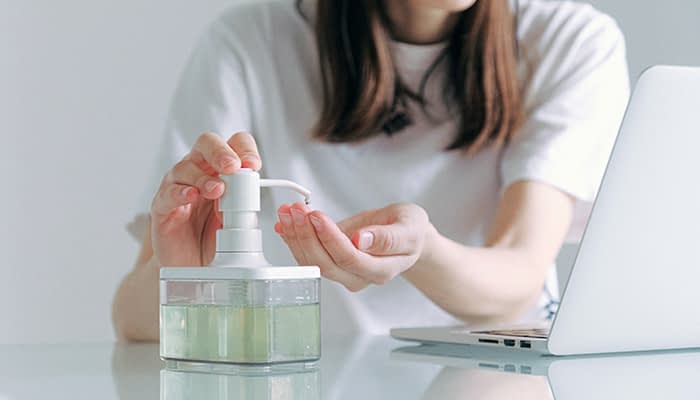The government began the rollout of COVID-19 booster shots at the beginning of the week, and Sydney also eased some of its social distancing restrictions on Monday. It’s clear that Australia is ready to return to normality - and that includes getting workers back to the office.
That said, we know that COVID-19 isn’t going anywhere anytime soon. While employers may be encouraging employees to return to the office, facility managers will need to do everything they can to create a safe work environment for nervous workers who’ve been working from the comfort - and safety - of home.
If you’re preparing your office for workers to return, keep the following in mind to create a healthy, safe workplace.

Get feedback from the team
- Ask employees to share their concerns with you to see how they can be addressed. If they feel that their concerns are being heard, there’s a greater chance they’ll return to the office with a positive attitude. Stay in touch with the team once they’re back in the office, and invite them to keep sending suggestions. Make a point of sharing your solutions with them, too - especially those you’re able to implement in the workplace. Making use of a comprehensive Job Management Software can ensure that your teams stay up to date on everything going on with the tasks assigned to them. It can also facilitate communication through built-in messaging systems.
Disinfect the office before employees return
- Before anyone sets foot in the office, arrange for a cleaning service to disinfect all high-touch surfaces, including computers, phones, light switches, door handles, and remote controls. Employees may be hesitant to return, but a clean office should make everyone feel more comfortable and confident about returning to work.
Create a new office layout
- You may need to rearrange desks and move furniture to make room for social distancing before staff return to work. Make sure that desks are set up so that employees are 1.5 metres away from each other. Meeting rooms should also have enough space for social distancing to be implemented. If you can avoid face-to-face meetings, make sure everyone has the technology they need to support virtual gatherings.
Improve indoor air quality
- It’s easier for COVID-19 virus particles to spread indoors where there is little ventilation - when you’re outdoors, the concentration of particles can easily be reduced by even a light breeze. That’s why good indoor ventilation is needed to reduce the spread of the disease. The quickest and most economical way to improve indoor air quality is by opening windows and doors. You can also use fans to increase air flow in rooms, diluting viral particle concentrations. If this isn’t possible due to bad weather or your environment, contact a heating, ventilation, and air conditioning (HVAC) expert for advice on improving your HVAC systems to increase airflow.
Implement sanitation and safety measures
- Workers will be returning to a new environment where sanitation and safety rules in the workplace will be foreign. To make this transition smooth for them, invest in signage that shows workers what rooms they may use, where they can find sanitising stations, what procedures they need to follow before entering a conference room, and how to screen clients who visit the office. Everyone should have access to a sanitiser at their desk, and sanitising stations should be set up in spaces used by more than one person, including kitchens, bathrooms, and meeting rooms.
